A Source of Strength and Community: How Identity Keeps Santiam Canyon United Even When Everything Else is Falling Apart

School identity.
Did you just roll your eyes?
It’s a common response.
And I get it.
When something important is thrown around without meaningful or practical context, it’s easy to dismiss it as a trendy buzzword.
But identity isn’t a trend. And it’s not just something we experiment with as teens. (Anyone else regret 90’s eyebrows? How about Hammer Pants? Oh yeah, I see you.)
Schools are struggling right now. And for many, it’s because they’re suffering an identity crisis. This might be you, and you might not even realize it.
Identity is the core of who we are and what we stand for. This is just as true for schools and communities as it is for individuals.
Always Helpful, But Shines Through Adversity
Mill City may only be 90 minutes from Portland, but it may as well be 90 hours. Following the long meandering one-lane road toward misty mountains, the only high-rises are evergreens, and the entire Santiam Canyon School District lives on the same lot: one small preschool, one elementary, and one combined middle/high school. The district office currently resides in a small portable trailer; its wood-paneled hallway covered in photos of proud, smiling students feels more like a visit to grandma’s house than a trip to the superintendent’s office.
Everyone knows everyone. And there is an ease about everyone that’s only possible when you’re truly comfortable, when you feel you belong, when you’re home.
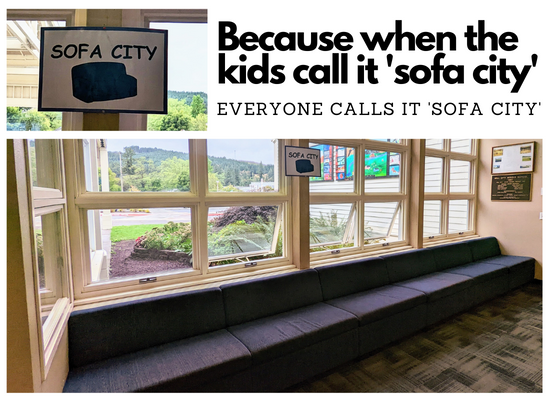
It wasn’t just some dream identity that we aspire to be. This is really who we are and what we value.
– Todd Miller, Santiam Canyon Superintendent
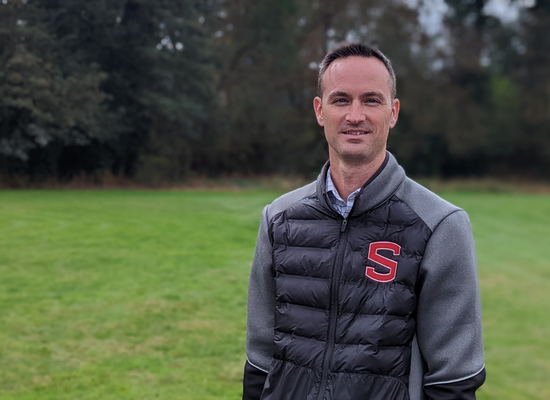
It’s hard to believe that in the midst of the COVID pandemic and building a new campus, this community also survived devastating wildfires in the fall of 2020. About 20% of Santiam Canyon School District students lost their homes. But you wouldn’t know it walking through the campus today observing engaged small reading groups, focused classrooms, and intense games of basketball (students vs teacher), dodgeball, and Bob’s Burgers Clue. Their families lost houses, but they still have a home. They stand together. They find their path. They never give up.
Those are the maxims that serve as the foundation of Santiam Canyon’s identity. “Having a strong identity, it’s excellent any time . . . When you’re looking at school improvement or looking to make changes, it gives you that grounding thing to connect all the work you’re doing to. So, it’s always helpful. But when you hit times of adversity, that’s when it actually . . . shines the most,” Santiam Canyon School District’s Superintendent, Todd Miller, knew the importance of school identity well before 2020, but the past couple of years have put their work to the ultimate strength test.
He explains how they were lucky to have already established a strong identity through their maxims work with Portico before the devastation of 2020 set down upon them, and how that strong identity guided them through overcoming even the gravest disaster.
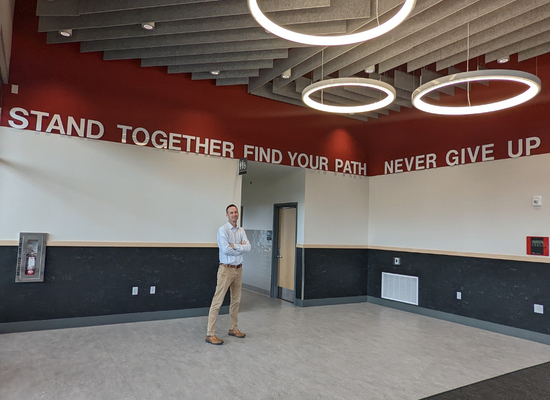
To be able to have those [maxims], so that everyone knows and connects with those words and our identity . . . for our community to rally around that. We were in highly divisive times . . . I actually would say that we came through that much, much better off . . . because people cling to those things of importance and who we are as standing together.
The ‘never give up’ piece definitely resonated. But that ‘stand together’ [piece], it also resonated with people outside our community to where we were starting to get others coming in to help and . . . it actually can get bigger than even your own community.
Todd Miller
Despite reliving this painful part of their recent history, Todd embodies the same easy quality that fills this corner of Mill City: whether convincing high school students returning with lunch to join him for a cringey staged conversation photoshoot, or being teased by his office staff for triggering the door alarm when he snuck some cake after-hours, or mastering the approachable-yet-serious authority reminding an overly-confident teen that he will be caught for skipping class – this is the Santiam Canyon identity. They’re in this together, and that gives them the strength and comfort to forge their own paths.
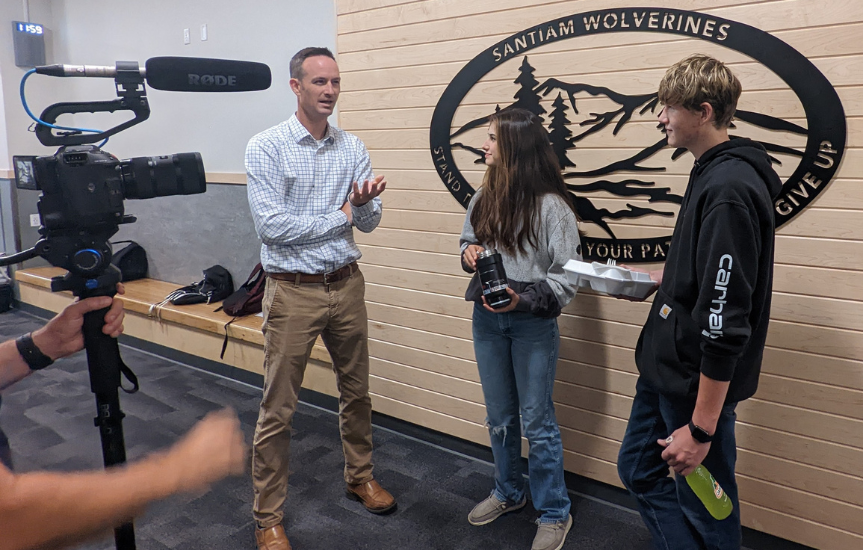
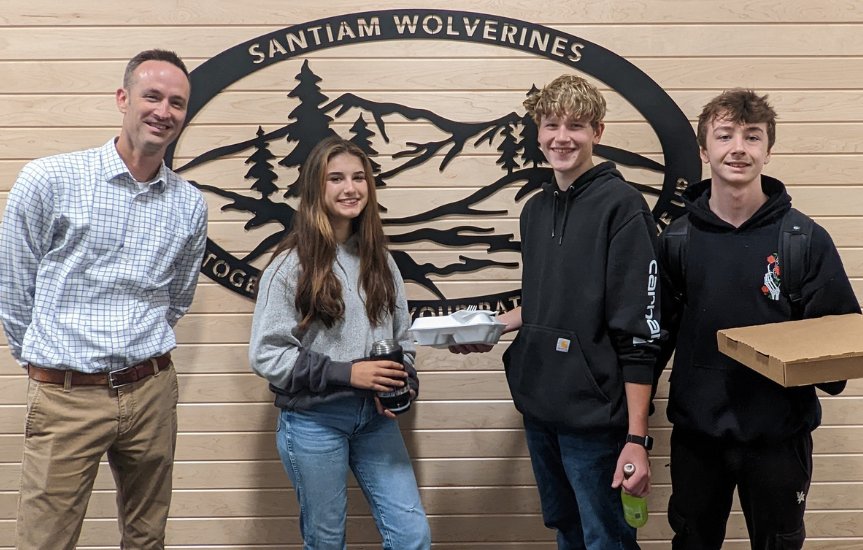
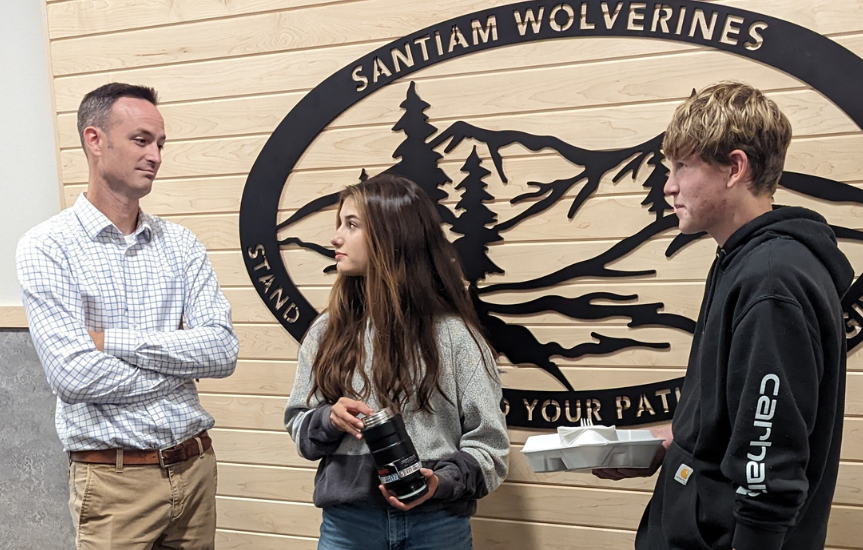
Does this sound too good to be true? Too fairytale-like? Too easy? What if you knew this was all years in the making? That getting to this point of solidarity took time, patience, open-minded listening and discussion? Because it did. Identity is a process, not a “quick fix.” And knowing where to start can often be the most challenging part of getting to a place where your own school’s identity can be an unshakeable foundation like Santiam Canyon’s.
Todd describes how after surveying and discussing with students, staff, and the community, they finally narrowed down their district’s identity to three maxims. But they didn’t stop there. Then it was time for the school staff to take a magnifying glass to the maxims and make sure they really did serve as a looking glass for Santiam Canyon’s identity.
You hit a point where you just have to be very vulnerable. At that point, it’s with all the staff, ‘Okay, now pick it apart, destroy it right now if it’s wrong or there’s something you don’t like or there’s something you don’t think that’s us. By all means, speak up. Let’s hack this apart right now.’
Todd Miller
Most people came into it wanting to. [They’d say,] ‘Okay, I’m here to edit. I am here to revise. Let’s get this thing right.’ And after . . . days [because] it wasn’t just let’s make a decision right now. [I’d said,] ‘Let’s stew on this for a while. Let’s really think about it, and let’s look at it over and over and over,’ and to have staff come back to and just and be like: ‘That’s us.’ That’s when you know the work was done well enough to get to the right point to where in the end, they felt like it was our identity.
Vital to Being Something Bigger
Maxims create a shared common language that gives voice to who the whole community believes themselves to be.
They are not copied.
They are not given.
They are not goals.
They are a mirror.
At Santiam Canyon, their maxims are permanent fixtures that welcome you as you enter the elementary school, they greet you on the elementary principal’s shirt, they stand tall and proud in the gym’s lobby, and they remind you who are as you walk the high school halls.
Todd also connects their strong identity work to Portico’s Me to We Shift.
It’s vital that what we do is driven toward outcomes that are known and that we’re all moving in the same direction, that the work that we do for kids is so important. And to have an organization where . . . everyone is moving in the same direction toward a mission, a vision, and what we see for our kids. We can get so much further, which is what all these kids deserve.
Todd Miller
And I think it makes for – what we’ve seen – is richer outcomes for kids, not just a certain data point that someone’s looking at, but that we’re looking at the whole child and seeing are they well, are they ready for career, college, life-ready?
[An established identity is] one of those great things that help bring in people because when people clearly know who you are and they can look at themselves and reflect on themselves and say, ‘That’s what I value that, too. I want to go there. I want to be a part of that team because I know that that’s who I am.’
When we hire, we put [our maxims] in front of all of our new candidates to get their take on it . . . because we want everyone to know ahead of time this is who we are, and this is what we believe. So, if you’re a good fit for it, we’d love to have you. But also, if you don’t think this is a good fit for you, then, by all means, you don’t want to apply here because this is what we believe here.
So it’s great for getting good candidates, and I think getting the right people then who then would want to stay. So, for retention, too. I think just as far as retaining staff by having a strong identity.
When your school’s identity is truly reflective of your community, then getting everyone on board with the work that needs to take place for students doesn’t have to be another difficult ordeal. And it starts from the moment someone joins your community. Todd shares that having solid maxims also helps them through the struggles of hiring and retention that many districts face.
Santiam Canyon may be off the beaten path, but – with a strong identity to ground them and keep them standing together as they find their paths, never giving up along the way – they will not be beaten. And they will continue to ensure all their students have the same opportunities no matter what tries to stand in their way.
It helps bring teamwork, and it puts you not as an individual doing a job but part of something bigger, too, and a vital part of something bigger.
– Todd Miller, Santiam Canyon Superintendent
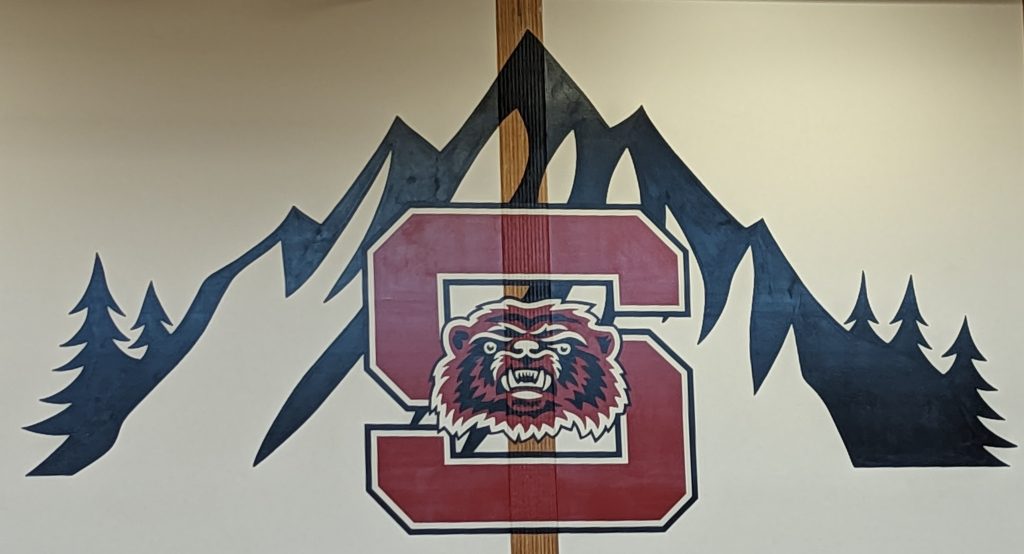
TOOLKIT RESOURCES
FOR A STRONG SCHOOL IDENTITY
Toolkit is Portico’s free public library of grab-and-go resources that help you to focus more time on transforming learning to be relevant for all. We add new items at least twice a month, so be sure to check back in periodically.
Click the links below to start saving yourself time and get stuff done.
- If Your School Was an Animal: Understanding & Visualizing School Identity
- Envision the Future of Your School’s Identity: Develop a Shared Understanding of Your School’s Identity
- Discover Your School’s Identity: Rate Your School’s Identity With Your School Leadership Team & Teachers
- PORTICO BLOG: 6 Tips To Manage Schools Through A Disaster








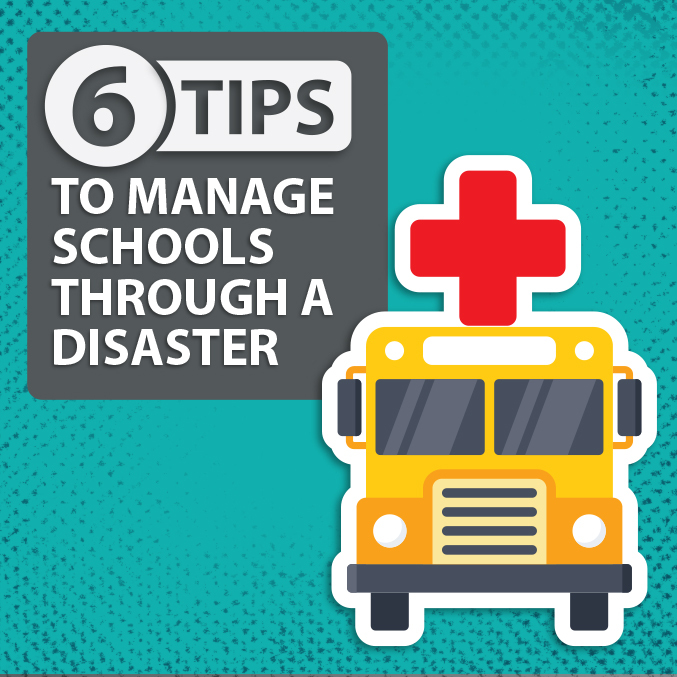

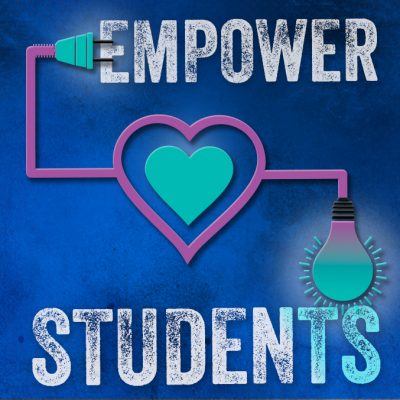
Responses